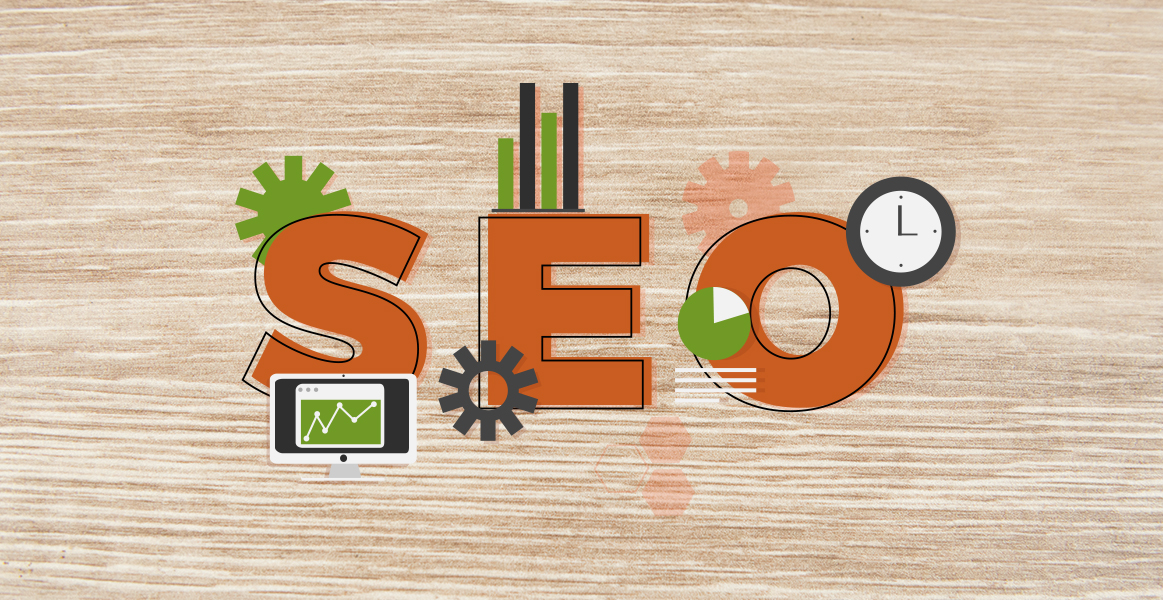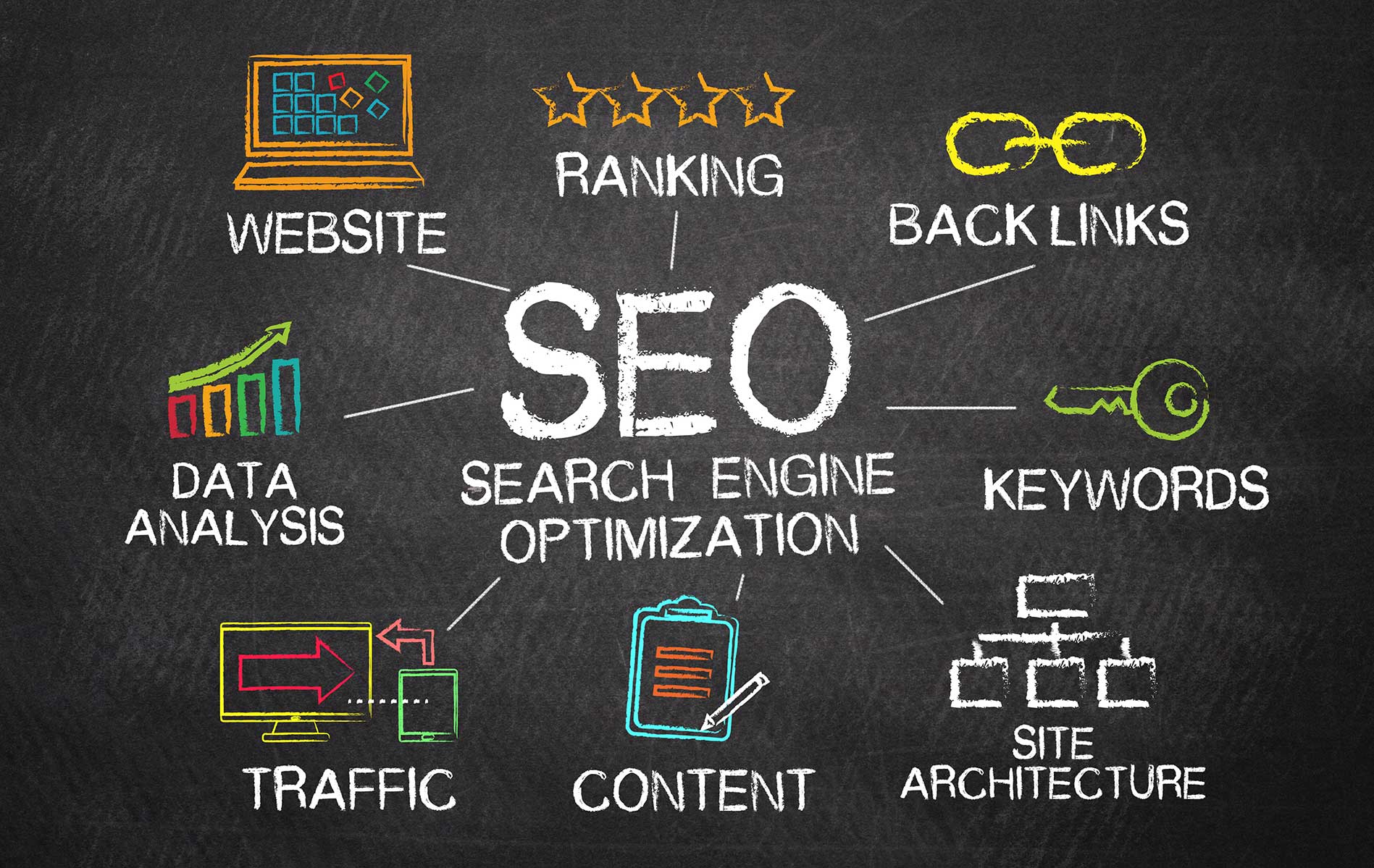I
t's time your website was seen! Grow your online presence and move up the ranks today by incorporating some effective SEO techniques..
Let's highlight some On-Page SEO tips
1. Search engines give preference to key-word rich URLs! Keep your words separated by hyphens or dashes and make sure the characters are under 100. If you're looking to rank high for your area make sure your location is included in your URL. For example, a hair dressers on the Gold Coast may have the following URLs: www.goldcoasthair.com.au or www.surfersparadisehairdressing.com.au. By having key-word rich URLs, crawlers can find your website easier.
2. Page titles have without fail been one of the most significant ranking tools for SEO, your page title will most likely be the text that is shown in the search results, making its optimisation vital! It's important to rank highly in search results although if your page title isn't inviting, it won't be clicked by users. Make sure each of your pages and posts have their own unique title, which includes the main keywords for that page. Your page title should aim to be less than 65 characters and again if your targeting an area be sure to include it.
3. Heading tags are still one of the key factors Google uses to decide what your page content is about. For the best SEO results, be sure to break up content with relevant headers to ensure your users can easily scan your content as well as search engines! Search engines pay close attention to the words in your headings because they connect to your page's content. Heading tags define the paragraph that follows; they outline how your page is structured. The H1 tag is your most important topic, and the other H2, H3, H4 tags create sub-topics. Please note, you should only have one H1 tag per page because this is the subject of your page, it does not make sense to have more.
4. Your image tags are also great for SEO because they reinforce the text content on your page while also having the chance to rank in Google images. Every image you have on your website should be named with relevant keywords.
5. An obvious technique, but vital for SEO is including relevant keywords throughout your content because it helps to attract human visitors and of course search engines! Although do not excessively repeat keywords because this can lead to your site being banned from search engines. A great way to know trending keywords in your industry is research! A great tool is Google Trends, where you can find popular keywords. Look for the Explore trends and Hot searches. You can also narrow down the keywords geographically by entering your country. Alternatively, another option you can use is Wordsteam, a website that generates keywords for you! Go to wordstream.com/keywords and type in a keyword, the site will give you a list of trending keywords which is fantastic to help your SEO!
6. And lastly I want to mention, to ALWAYS make sure your using meta descriptions and tags. Make sure these are relevant to your content and interesting. Meta descriptions should be around 156 characters for the best results. Having strong titles, descriptions and tags is imperative for crawlers to find you!
I hope these techniques; have helped you have a better understanding of On-Page SEO! For affordable SEO plans call us today to talk about your SEO needs on (07) 5592 2685 or email info@seoplans.net.au or jump onto our website https://seoplans.net.au/free-seo-audit








![How to Use Google Keyword Planner [2024 Guide]](https://seoplans.net.au/images/blog-images/how-to-use-keyword-planner2.jpg)

